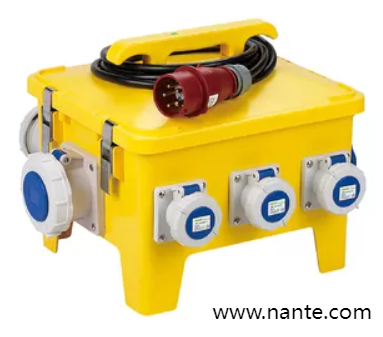Deciding whether to rent or buy a Portable Distribution Box often starts with a clear look at how often a temporary supply is needed and what tasks it must support. For occasional events, short term projects or emergency response, renting can free budget for other priorities while giving access to well maintained gear. By contrast owning equipment suits teams that deploy power points regularly and that want full control over configuration and spare parts. Matching the choice to usage patterns helps managers avoid unnecessary expense while keeping operations reliable.
Flexibility matters when work rhythms shift. Hiring a unit for a weekend festival or a short maintenance window means crews avoid storage costs and the need to maintain parts between uses. A rental provider typically offers models pre inspected and ready to deploy, which reduces setup time and lowers the chance of a late night trip to fetch a missing component. Temporary hires also let planners try different configurations before committing to a purchase decision, giving teams practical experience without a long term purchase.
Owning an enclosure has different advantages. When deployments repeat, a purchased box becomes familiar to crews and spares can be stocked locally. Custom layouts that include labeled feeds, specific breaker arrangements and fitted strain reliefs stay in place so each setup finishes faster. Ownership also makes it easier to modify a unit to meet site preferences, such as adding protective covers or mounting plates that match routine tasks. Over time those tailored tweaks can reduce labor spent during handover and teardown.
Cost control depends on more than upfront price. Renting avoids capital outlay and shifts expense into operating lines, which can be preferable for short campaigns or unpredictable schedules. Buying moves cost into assets that need storage, periodic checks and planned upkeep. Maintenance crews must factor in spare parts lists and small consumables so a purchased unit does not sit idle while waiting for a forgotten fastener. A candid tally of storage, transport and service hours clarifies which path saves funds.
Service reliability matters for productivity. Whether hiring or owning, pick gear that features robust sealing, secure latches and clear labeling so teams spend less time chasing hookups. Rental fleets often rotate stock and replace worn parts, while owned boxes require in house checks to preserve condition. For managers with limited on site technical support, a rental arrangement paired with delivery and return options reduces the risk of an installation delay during a critical shift.
Availability and logistics shape practicality. When events cluster across regions, renting local units reduces shipping complexity and shortens setup windows. Owning equipment may suit a fixed site or a region where crews rotate through a predictable set of deployments. Consider where storage space and handling equipment sit, and whether staff can lift, move and position heavy cases without external help.
Environmental and regulatory factors also matter. Choose models whose enclosures resist water and dust, and that accept grounding clamps suited to local surfaces. Rental providers often stock variants for different climates so organizers can match gear to conditions without buying multiple models. Owners should standardize spare kits so a failed latch or seal is fixed quickly and without major disruption.
A hybrid approach can combine benefits. Some teams purchase a small core fleet for frequent tasks while hiring additional units when demand spikes. This method controls essential availability while avoiding idle capital during slow seasons. It also gives procurement teams room to evaluate long run needs before expanding owned holdings significantly.
If you plan a short campaign or you manage recurring operations and want to compare renting versus buying from a practical point of view, review available product ranges and accessory packs to see what suits your workflow. For model options, mounting choices and accessory lists visit https://www.nante.com/ . The site offers visual guides and technical notes that help planners and operations staff match portable power solutions to project needs while preparing for reliable field service and sensible budgeting.

